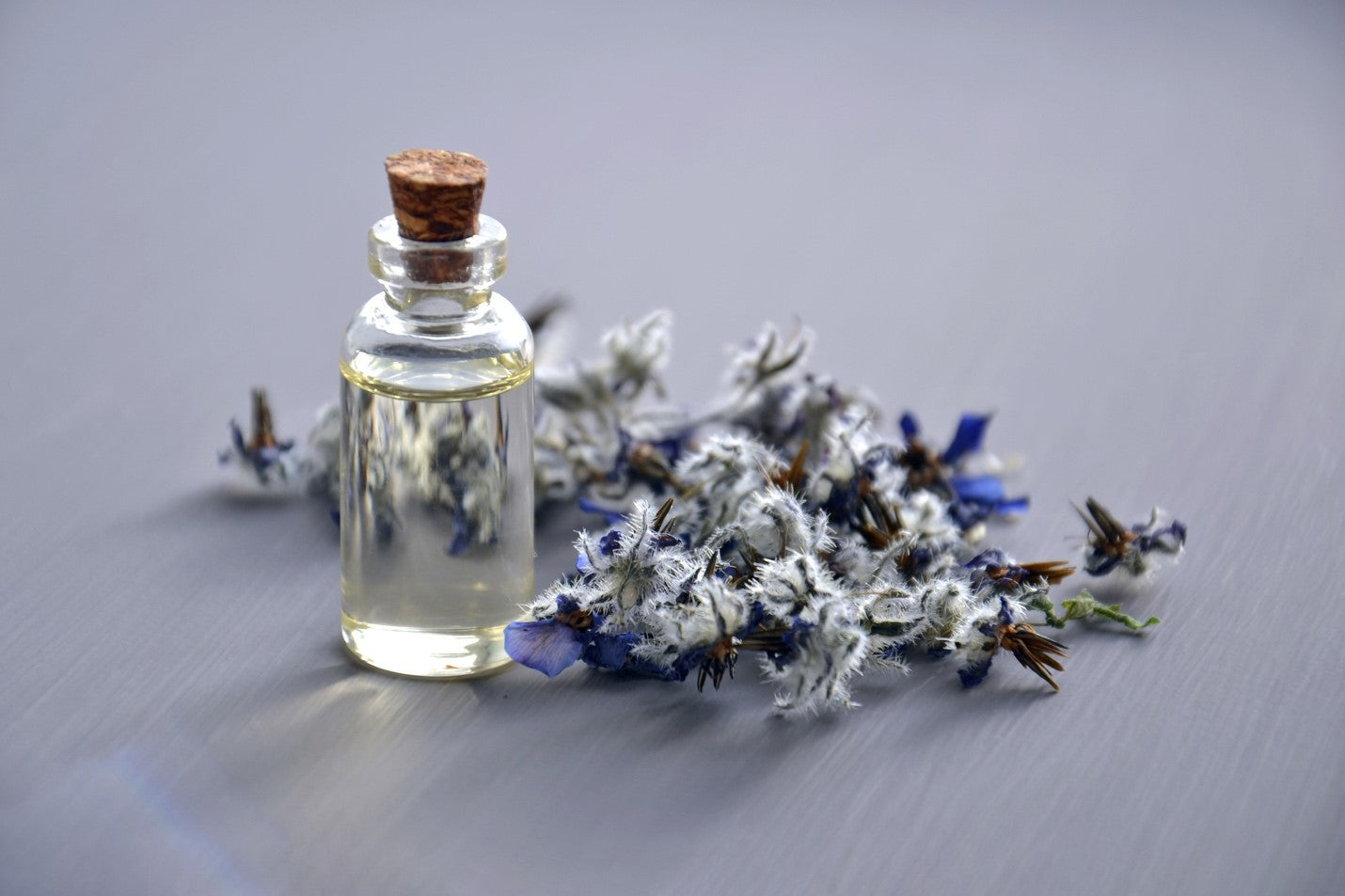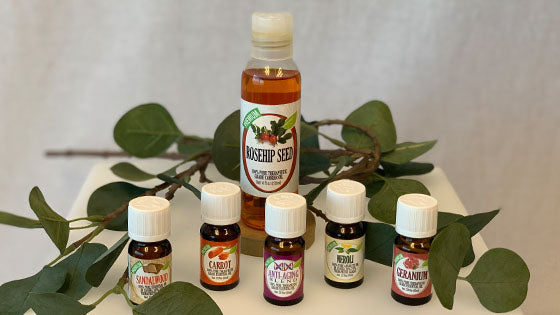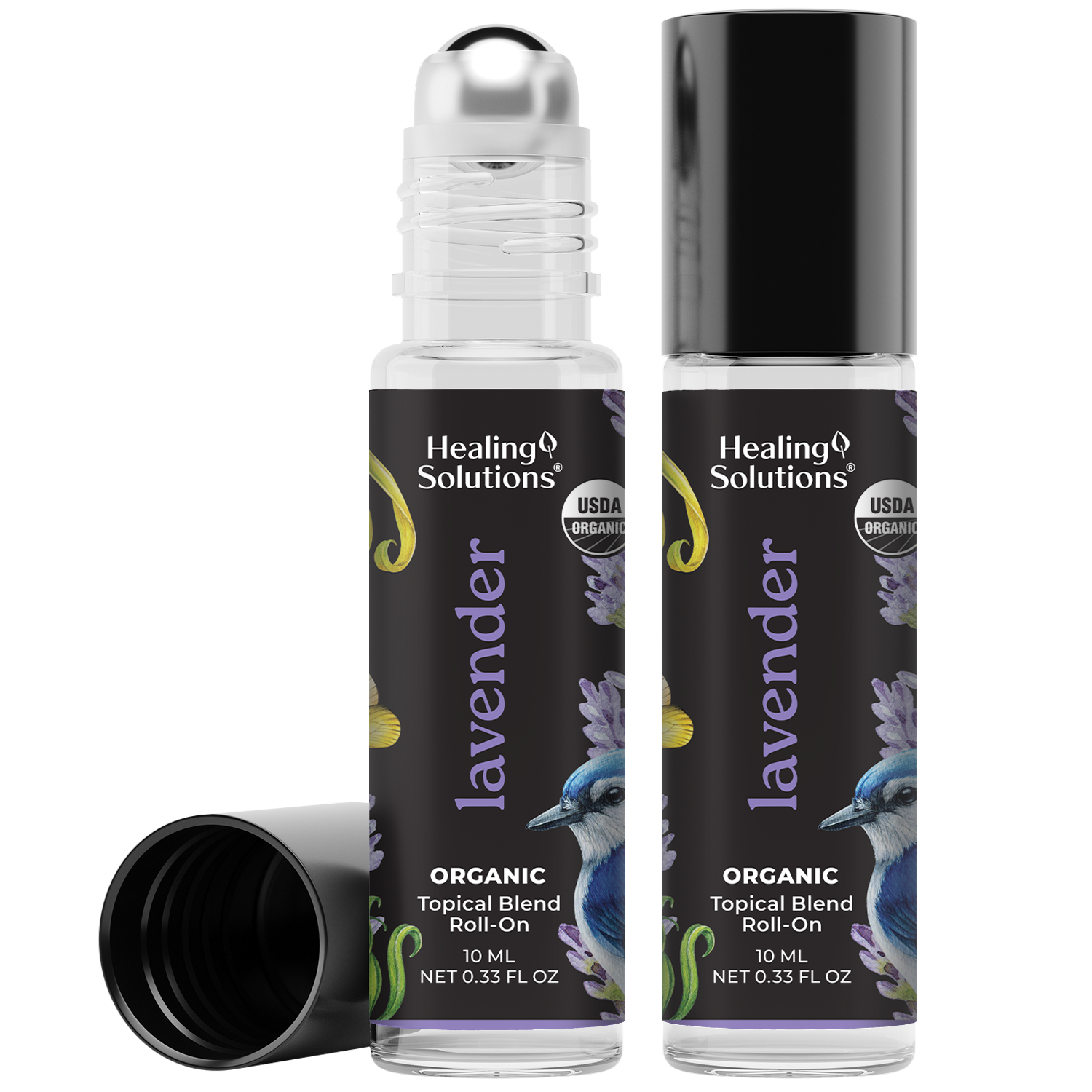Essential oils have been making waves for having numerous benefits ranging from all-natural headache relief, to relieving anxiety, to repelling insects and acting as a homemade all-purpose cleaner.
However, those who are new to aromatherapy or who wonder about some of the more ancient medical practices that use essential oils may wonder whether or not they really work.
Below, we explore research about which methods of essential oil use have been shown to work, share some examples of essential oils that have been shown to be beneficial for certain uses, and what you should look for in essential oils to help them work for you.
In Which Methods of Use Have Essential Oils Been Shown to Work?
As a general rule essential oils should not be ingested. However, the following applications have shown great results in providing several positive benefits.
Studies Have Shown Essential Oils Work When Applied Topically
One of the ways essential oils can be used is by applying them to your skin. While most essential oils should not be applied directly to the skin, there are many uses that combine essential oils with a carrier oil to help the scent last longer, to slow absorption and sometimes to help improve beneficial effects.
In a study in 2015, researchers confirmed that essential oils and their organic compounds (called constituents), could be absorbed through the skin, and that these components were metabolized in the body.[i] In a second study, researchers confirmed that rose oil permeated the skin and that the body had absorbed the rose constituents, raising levels in the body of those compounds.[ii]
In a separate study of a blend called Polytoxinol containing clove essential oil, eucalyptus essential oil, lemongrass essential oil, tea tree oil and thyme essential oil, researchers found that when topically applied, this antimicrobial essential oil blend worked well in preventing the growth of staphylococci (staph) bacteria[iii]
Studies Have Shown Essential Oils Work When Inhaled
Another popular way to use essential oils is to inhale them. This is typically done by sprinkling a few drops of essential oil onto a cloth or a tissue and holding it near your nose to deeply breathe in the aroma. Other times, individuals may spray oils diluted by water and unscented witch hazel onto fabrics, pillows, or bed linens. Since essential oils do not typically contain the fats found in other oils, they are less likely to stain, though spot tests are still often recommended.
When you breathe in the scent of essential oils, compounds from these fragrances increase the level of those components in the body. Depending on the compound inhaled, this can have effects on the body such as sedative effects that calm or make the user feel sleepy.[iv]
Studies Have Also Shown Essential Oils Work When Distilled
Many aromatherapists or essential oil lovers prefer to mix blends and use an essential oil diffuser to disperse the essential oil particles into the air. In these applications, can essential oils really work to transmit molecules into the body?
Several studies confirm that use of essential oils in a diffuser can not only impact airborne microbes, such as in the microbial study mentioned below, but can also work to provide positive impacts to humans.
In studies involving diffusing an antimicrobial blend of clove essential oil, lemon essential oil, cinnamon bark essential oil, eucalyptus essential oil, and rosemary essential oil, researchers found that the blend effectively reduced airborne bacteria.[v]
The application goes beyond microbial tests, however. In a separate study, researchers sought to test whether diffused bergamot essential oil could effectively minimize stress and anxiety. In this study, researchers found positive physiological results.[vi]
So Why All the Debate?
If essential oils seem to be successfully absorbed topically and via respiratory inhalation or through a diffuser, and if the beneficial components are being absorbed and metabolized in the body as well, why is there so much debate about whether or not essential oils work?
Typically, this claim has to do with whether a specific essential oil actually provides a specific benefit. For example, rose essential oil is said to help produce feelings of calmness and lavender essential oil is said to help people sleep. While many of the effects of specific essential oils, essential oil blends, or even constituents within essential oils, have been studied, their efficacy can sometimes have as much to do with the inactive ingredients as the active ingredients.
For instance, in a study about the efficacy of essential oils in killing bed bugs, researchers studied 9 essential oil-based sprays. While many of the sprays had similar active essential oil ingredients, only two of the sprays were reliable in killing bed bugs and other insects. This could have to do, said researchers, with ingredients other than the active ingredients such as stabilizers, wetting agents, solvents, etc.[vii]
There are other discrepancies in studies about whether essential oils work, too, regarding oil quality, potency, control groups, placebo effects or biases, and more. There may also be differences in distillation methods, the ways in which certain essential oils are being used, the composition of the oil because of natural variability and whether compounds found in one essential oil will produce similar results as when found in another essential oil.
Tips for Making Essential Oils Work for You
Look for pure, high-quality oils. Read the labels of your essential oils so you know what you’re getting. Look for the plant’s botanical name, the percentage of purity, and whether the oil contains any additives or synthetic oils. The quality of the oil may play a large role in whether or not essential oils work for you.
Look for Quality Distilled Oils. True essential oils are distilled through steam distillation or, in the case of citrus oils, by cold pressing or steam distillation. Avoid essential oils that are chemically distilled or otherwise chemically altered or enhanced.
When in Doubt, Look it Up. Many uses of essential oils have been researched while others are still being explored. If you’re not sure whether an essential oil provides the benefits you’re looking for, look it up! It may be difficult to find scientific research on some of the lesser-used essential oils, but you’ll likely at least find information from other essential oil users about what has worked and what hasn’t.
Have an Open Mind. It also can’t hurt to experiment! As long as you are following safe essential oil use practices, it can be interesting—or even fun—to experiment with whether a certain essential oil has the same effect on you as it has other users.
These statements have not been evaluated by the Food and Drug Administration. These products are not intended to diagnose, treat, cure or prevent any disease. Read our Disclaimer
[i] Herman A, Herman AP. “Essential oils and their constituents as skin penetration enhancer for transdermal drug delivery: a review.” (2015) Apr;67:473-85.
[ii] Schmitt S, Schaefer U, Sporeer F, Reichling J. “Comparative study on the in vitro human skin permeation of monoterpenes and phenylpropanoids applied in rose oil and in form of neat single compounds.” (2010) Feb;65(2):102-5.
[iv] Buchbauer G,Jirovetz L, Jäger W, Plank C, Dietrich H. “Fragrance Coumpounds and Essential Oils with Sedative Effects upon Inhalation.” (1993) 82;6:660-664.
[v] Chao S, Young D, Oberg C. “Effect of Diffused Essential Oil Blend on Bacterial Bioaerosols.” (1998) Journal of Essential Oil Research 10(5):517-523.
[vi] Bagetta G, Morrone L, Rombolà L, et al. “Neuropharmacology of the essential oil of bergamot. (2010) Fitoterapia 81(6):453-461.
[vii] Singh N, Wang C, Cooper R. “Potential of Essential Oil-Based Pesticides and Detergents for Bed Bug Control.” (2014) Journal of Economic Entomology 107(6):2163-2170.







